Japan is a country of spectacular beauty. From its snow-capped peaks of the Myoko-Togakushi National Park to the delicate beauty of its cherry blossoms at Kyoto’s Maruyama-koen, there is something for everyone.
However, Japan is also prone to earthquakes. But rest assured, if you’re planning a trip this year, it is still one of the safest countries in the world to visit.
This article outlines the history of earthquakes in Japan and how modern technology helps to minimize the risks, both today and in the future.
Why Does Japan Experience so Many Earthquakes?
Japan is located along a ring of high tectonic and volcanic activity called the ‘Ring of Fire’. But it is not alone.
Thanks to their positions along this seismic feature, the west coasts of South and North America, the east coast of Asia, western Indonesia, and New Zealand are also prone to volcanic activity, earthquakes, and tsunamis.
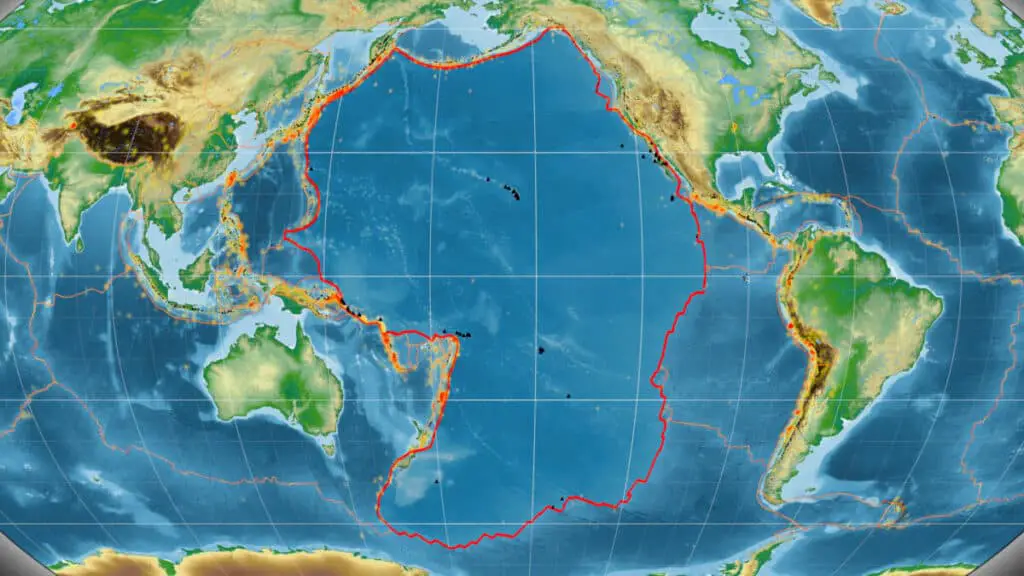
The ‘Ring of Fire’ is caused by a natural phenomenon called plate tectonics. The Earth’s crust is formed by many ‘plates’ that slowly move and, occasionally, crash into each other. The collision zones between the plates experience a high number of volcanoes and earthquakes.
Japan has around 10% of the world’s active volcanoes and it experiences up to 1,500 earthquakes every year!
Even the ubiquitous symbol of Japan, Mount Fuji, is an active volcano. But you don’t have anything to fear, for its last eruption was over three hundred years ago, in 1708.
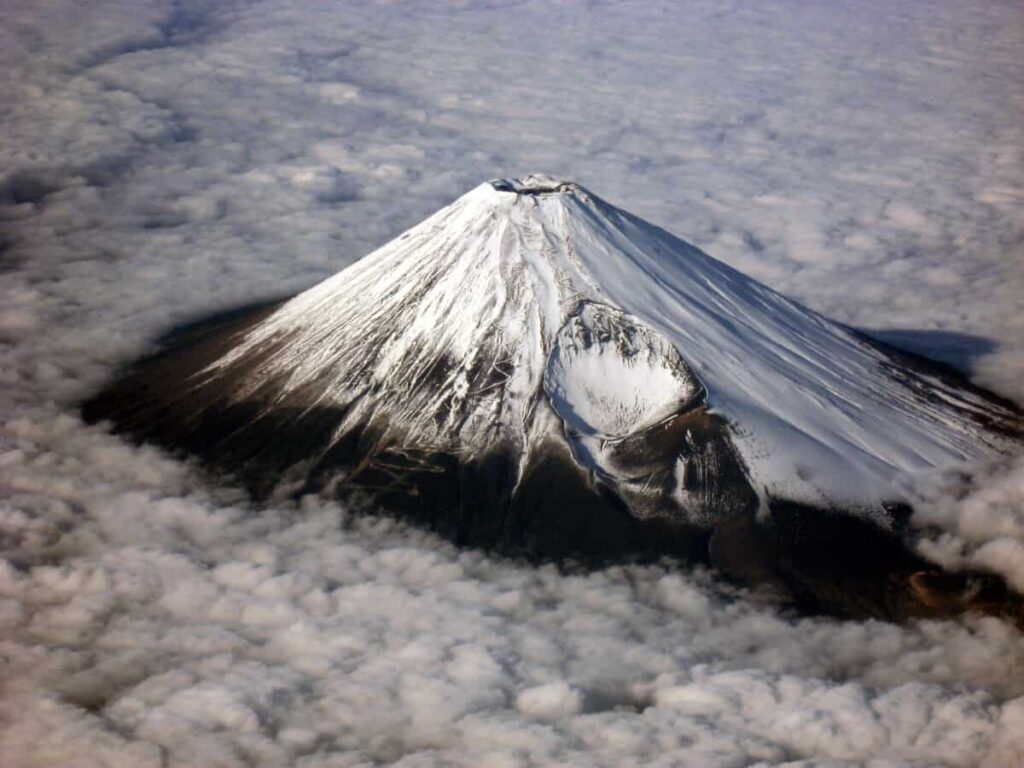
The good news is that while Japanese locals are used to experiencing the shakes and tremors of minor earthquakes, major earthquakes are quite rare.
The bad news is that they are not unheard-of. The most recent and massively destructive earthquake occurred in 2011 when the undersea Tōhoku earthquake triggered a colossal tsunami that, at its peak, was 133 feet (40.5 meters) high.
Up to 20,000 people lost their lives in Japan due to the massive tsunami on the eastern coastline.
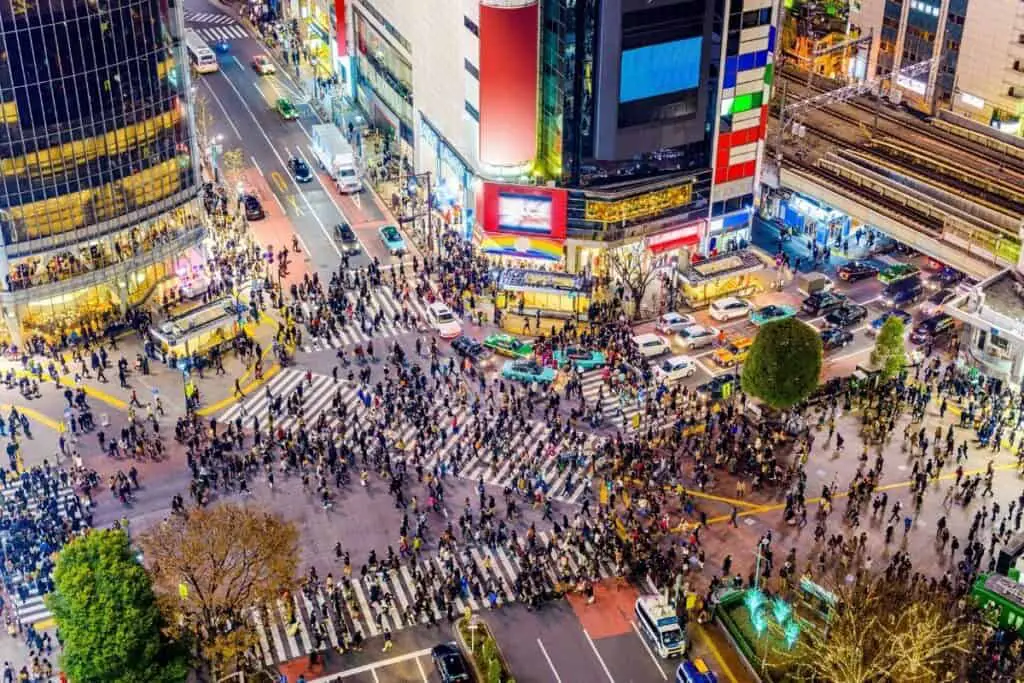
The History of Earthquakes in Japan
The earliest recorded earthquake in Japan occurred on May 28, 599 and it resulted in widespread building collapse and the loss of many lives. This was in Yamato Province, which today is known as Nara Prefecture in Honshu.
After the Great Kantō Earthquake of 1923, Japan created the Earthquake Research Institute to record the details of all of Japan’s earthquakes, big and small.
Measuring earthquakes
Today, earthquakes in Japan are measured using the Shindo scale, which measures seismic activity rather than magnitude. The Japan Meteorological Agency records earthquakes from Shindo zero ‘a very light tremor’, to Shindo seven, a ‘severe’ earthquake.
Until recently, most countries used the Richter scale which measures an earthquake’s magnitude (size or strength) based on a logarithmic scale. Today, it is more common to measure the magnitude in terms of its seismic movement.
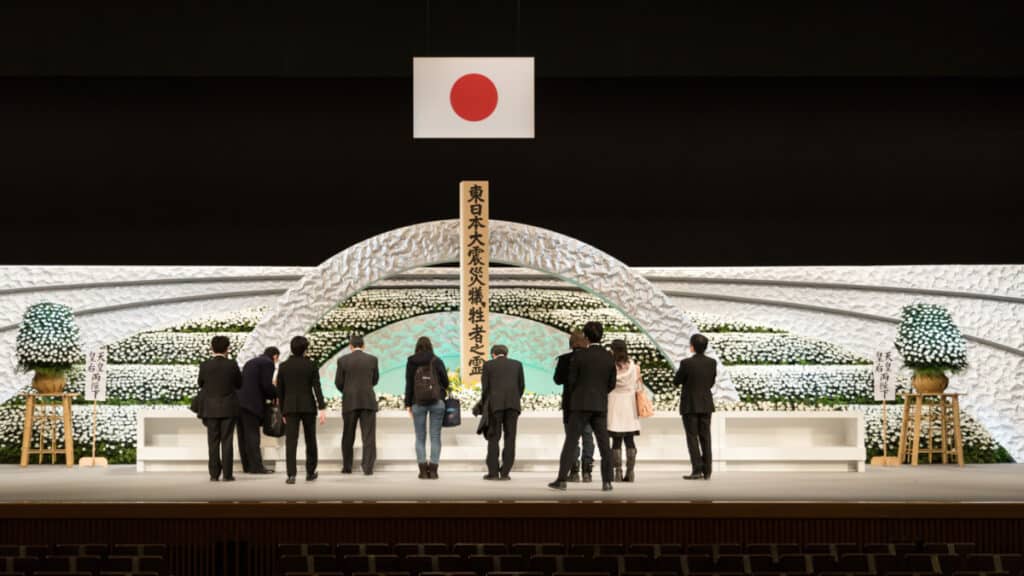
What are Japan’s Most Destructive Earthquakes
Japan experiences minor tremors every day, but it has also experienced a number of massive earthquakes that have shocked the world with their destructive force.
This is a list of three of Japan’s most destructive earthquakes:
The Great Kantō Earthquake of 1923
Widely understood to be Japan’s worst earthquake, it hit the Kanto plain close to Tokyo on September 1, 1923. Over 140,000 people lost their lives and it prompted the Japanese authorities to replace the defunct Imperial Earthquake Investigation Committee with the modern Earthquake Research Institute.
The earthquake triggered explosive firestorms that ripped through Tokyo, the port city of Yokohama, and the surrounding prefectures of Chiba, Kanagawa, and Shizuoka. These increased the death toll significantly.
Since 1960, September 1 has been known as Disaster Prevention Day in Japan. This is a day of remembrance but also to prepare Japan’s population for major disasters like earthquakes, tsunamis, typhoons, and volcanic eruptions.
The Nankai earthquake of 1408
The earthquake occurred off the coast of Nankai on September 20, 1408. With a magnitude estimated to be around 8.6, it triggered a tsunami that is believed to have killed over 31,000 people.
The Tōhoku earthquake and Fukushima nuclear disaster of 2011
Many of us will remember watching the devastating footage of the tsunami that was triggered by the Tōhoku earthquake, known to the Japanese as ‘The Great East Japan Earthquake’.
It was the strongest earthquake to ever hit Japan and one of the top five largest earthquakes ever recorded around the world.
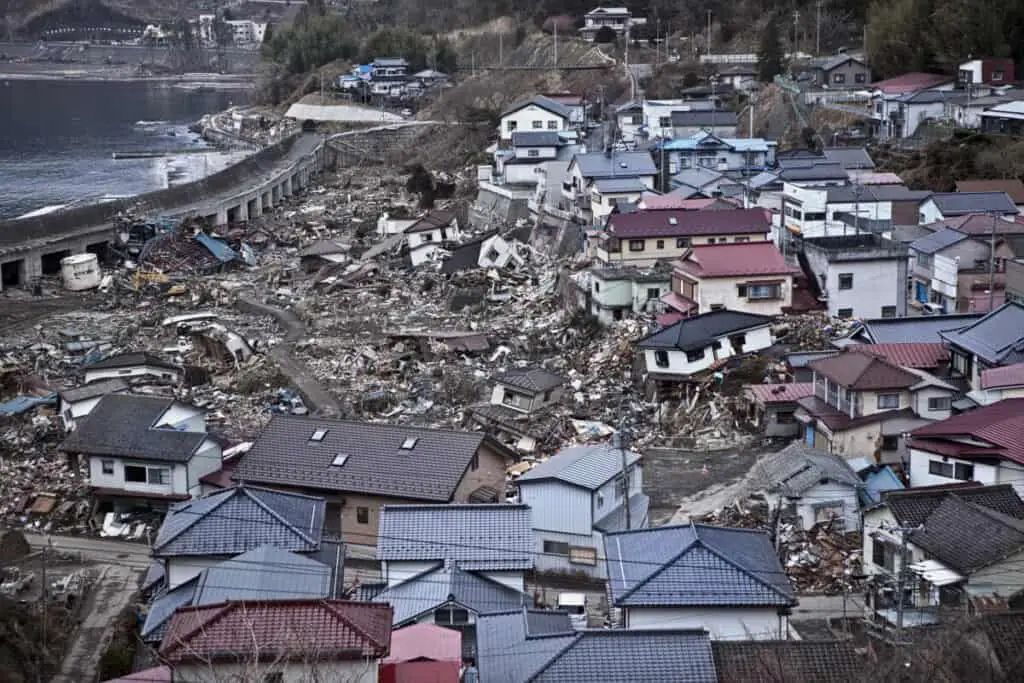
With its epicenter off the Oshika Peninsula on the east coast of Tōhoku, the tsunami’s 130 foot (40 meters) high waves killed thousands of people, razed countless homes, and did significant damage to four major nuclear power stations.
This, in turn, led to the Fukushima nuclear disaster.
This event, which was classified as Level 7 on the International Nuclear Event Scale, joined the Chernobyl disaster as the only other event to be given such a high rating.
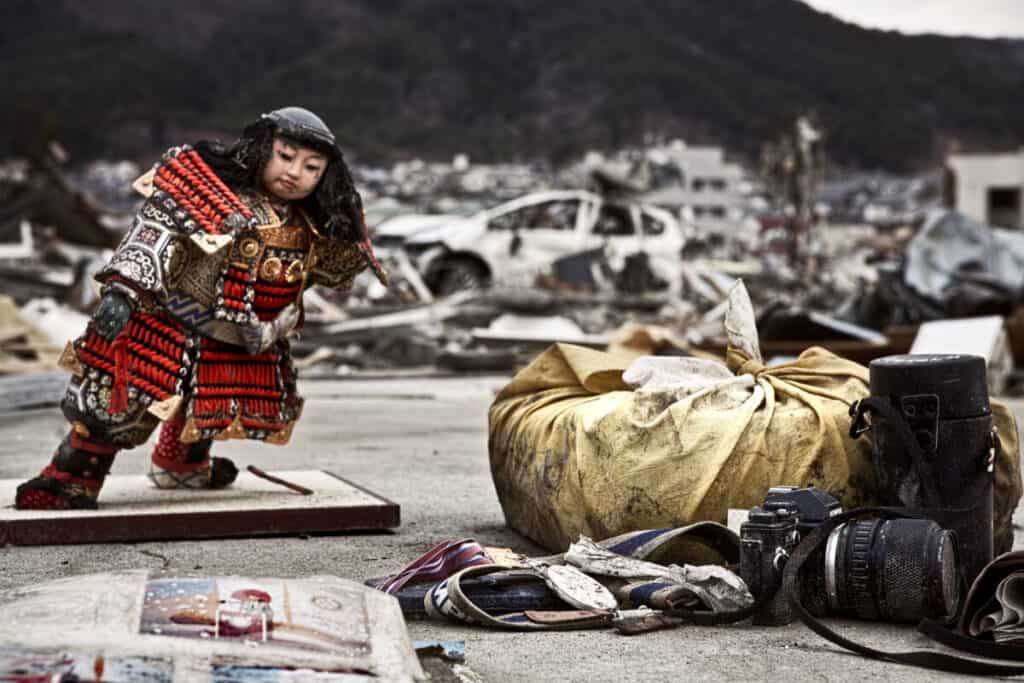
It saw radiation released into the atmosphere and the surrounding ocean, and over 150,000 people were evacuated from nearby areas.
Almost 20,000 people were killed as a result of the earthquake, tsunami, and nuclear disaster, and over 2,500 people are still listed as missing.
How does Japan Handle Earthquakes Today?
Japan has always been at the forefront of embracing earthquake prevention measures. In 1892, the Earthquake Investigation Committee was founded to collect and analyze all of the available historical data, which was published as the Catalogue of Historical Data on Japanese Earthquakes in 1899.
Today, Japan is well-prepared for earthquakes and any subsequent dangers such as fires and tsunamis. For example:
1. Most modern buildings, from homes to the tallest skyscrapers, are built with earthquake-resistant technology so that they sway with the tremors rather than crumble.
2. Each cell phone in Japan has an in-built earthquake alert system which gives users a short window (5-10 seconds) to get to a safe place before the danger hits.
3. The authorities have an integrated disaster prevention system with widespread guidelines, such as recommending regular training drills in schools and workplaces.
4. Each town and city has predetermined evacuation centers.
5. Japanese authorities recommend that each household has an earthquake survival kit that includes first aid equipment, a fire extinguisher, flashlight, radio, and food and water to last several days.
What to do if you’re caught in an earthquake?
If you’re in Japan and you find yourself caught in an earthquake, it can be daunting, especially if you don’t know the language. The following steps can help you keep calm and stay safe:
1. Stay away from interior areas such as bookshelves where you can be injured by heavy falling objects.
2. Place yourself under a table or a doorway for the duration of the tremors, keeping in mind that there may be several in a row, as well as aftershocks. A pillow or blanket is the next best option.
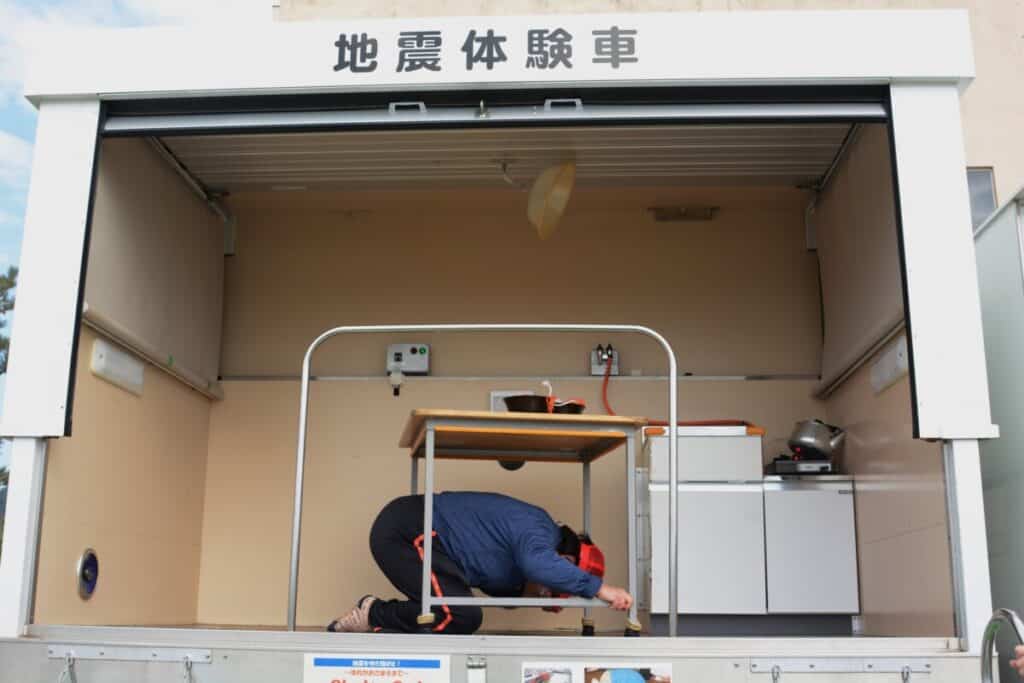
3. Don’t run outside.
4. If you are outside, find protection from glass and other falling objects by moving to a protected area or a place out in the open. Protect yourself by crouching down and wrapping your arms around your head.
5. If you’re in a tall building, only evacuate once the tremors have stopped and use the stairs when it is safe to leave.
6. Keep as calm as you can and try to mimic the actions of locals who will have participated in countless drills since they were children.
After an earthquake, there are several measures to help keep you safe:
1. Turn off the main gas valve so that if the line is ruptured, you can minimize the chance of it causing a fire.
2. Turn off your ovens and stoves.
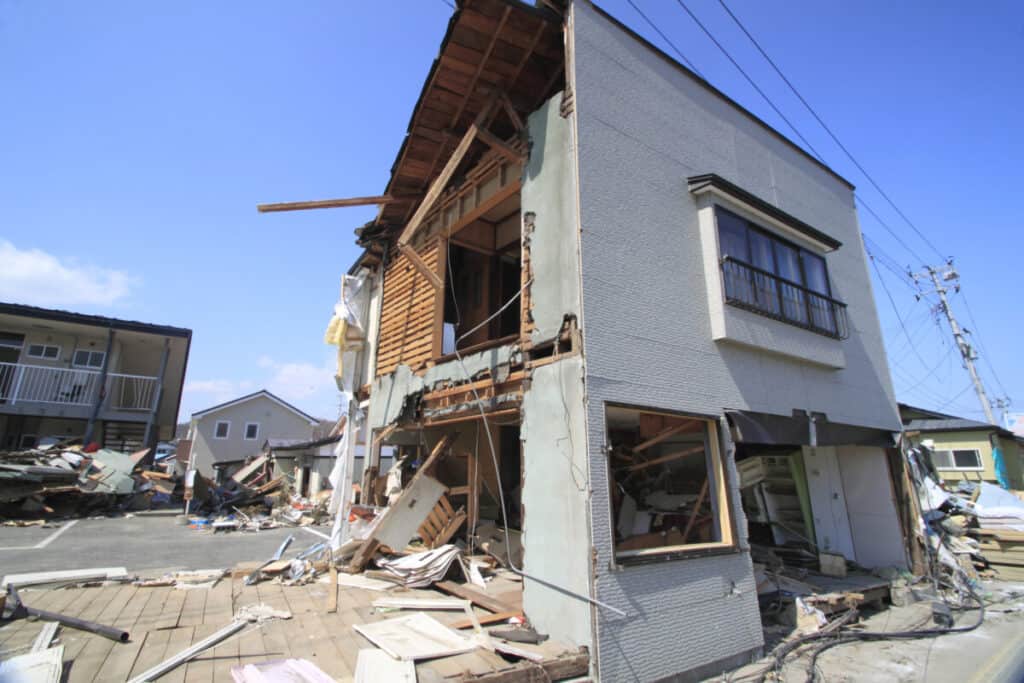
3. Keep an eye on the news (television, radio, online) to see if an evacuation is ordered, especially if you live in a coastal area that might be affected by a tsunami.
4. Make sure you know where your local evacuation zone is and what to take with you if you need to evacuate.
Will Japan Experience Earthquakes in the Future?
Japan is one of the most earthquake-prone countries and the Japanese know that a big earthquake is not a matter of ‘if’, but ‘when’.
And that is the million-dollar question: when will Japan experience the next big earthquake?
In 2018, Japanese seismic experts predicted that there is a 70% chance that Japan would experience an eight to nine magnitude earthquake within the next 30 years!
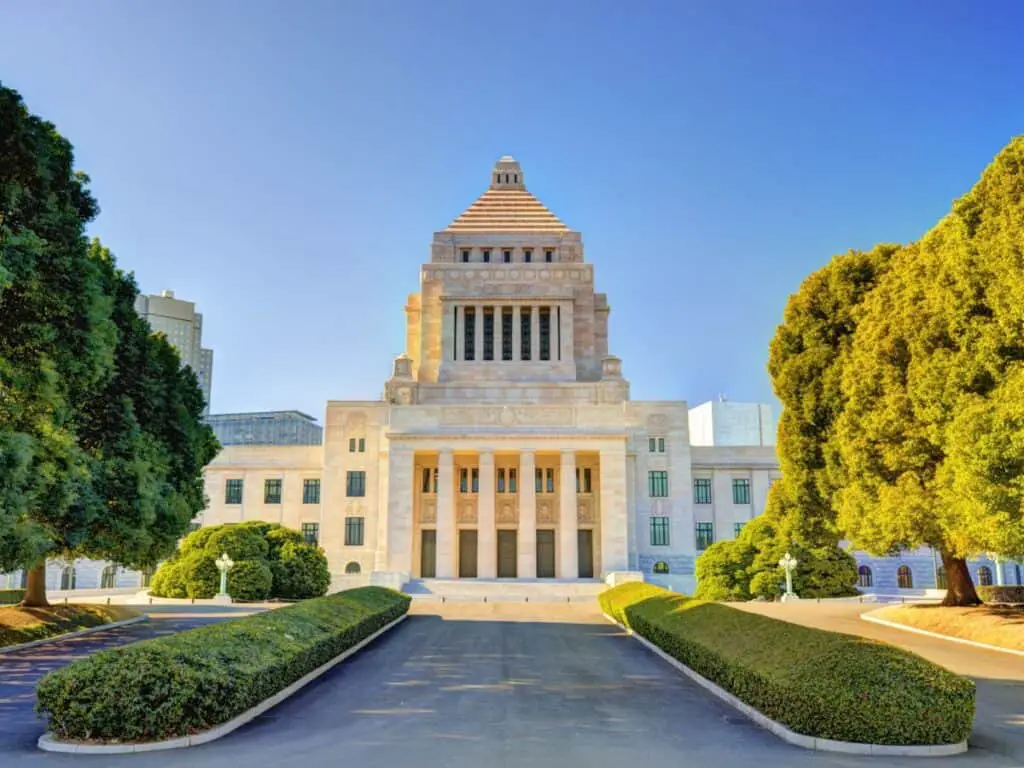
A potential death toll is hard to estimate, but the 2004 tsunami that killed over 230,000 people in countries close to the Indian Ocean indicates that large-scale ocean-based earthquakes have the potential to kill hundreds of thousands of people.
Japan knows that this is a possibility and they are as prepared as much as possible for such potential events.











